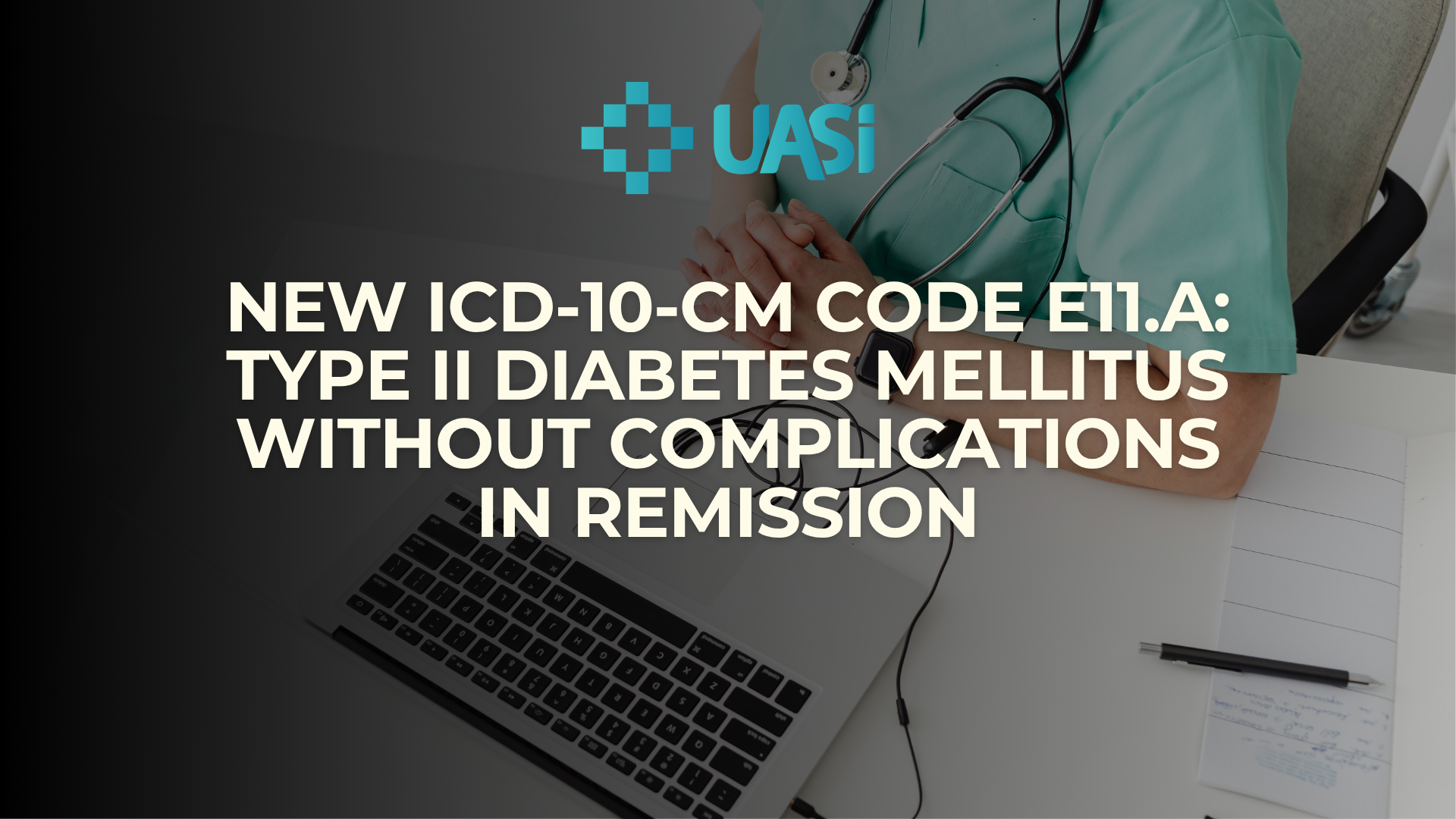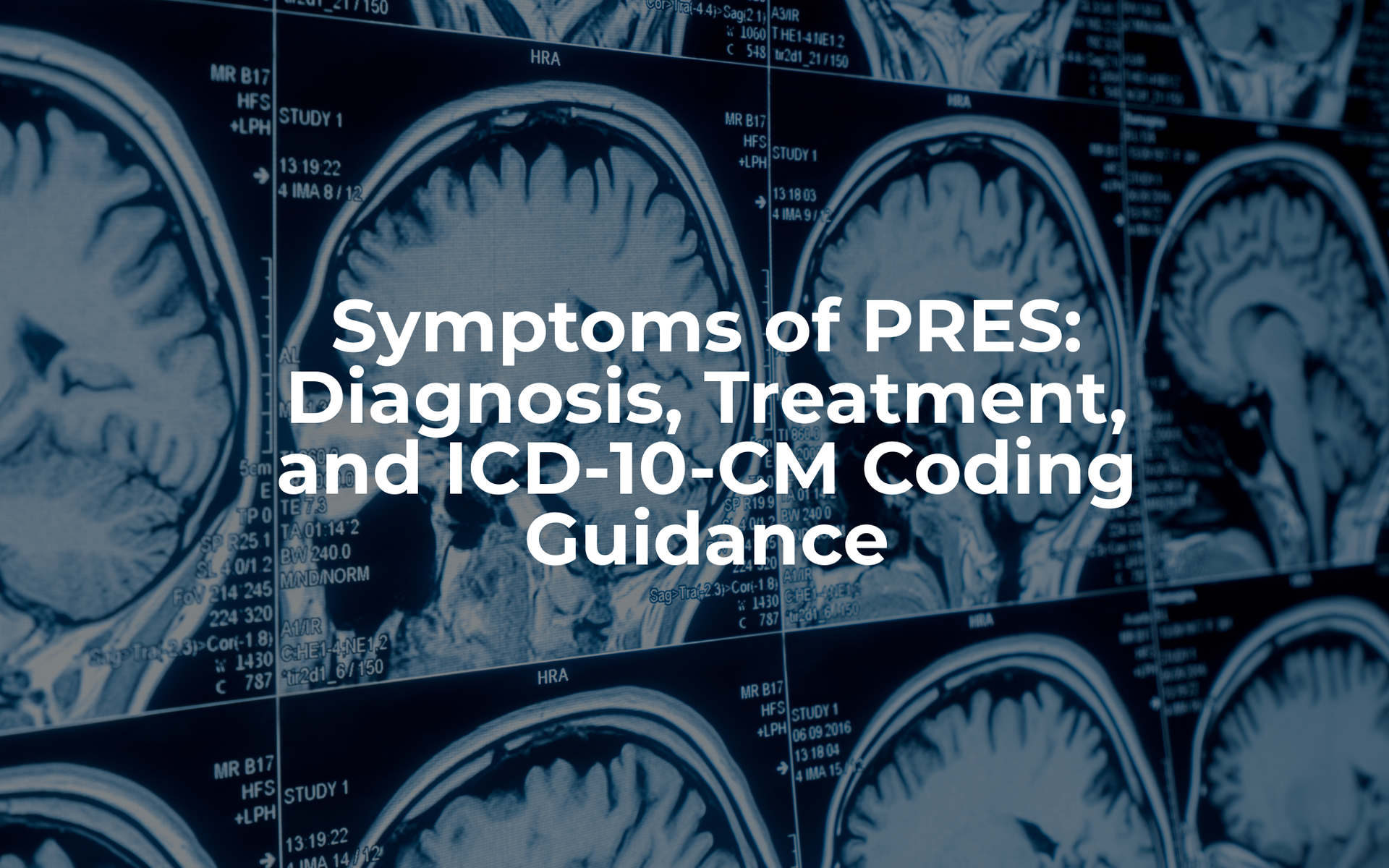April 17, 2025
Prevalence & New ICD-10-CM Code Updates
Childhood obesity remains a pressing public health concern in the United States. According to the CDC, approximately 1 in 5 children and adolescents—about 19.7% of those aged 2–19 years—are affected. That’s an estimated 14.7 million young people across the country.
Obesity Trends Among U.S. Youth
Childhood obesity isn’t distributed evenly. Rates vary across age groups, racial/ethnic backgrounds, and socioeconomic status:
- By Age
- Ages 2–5: 12.7%
- Ages 6–11: Data not specified in this summary
- Ages 12–19: 22.2%
- By Race & Ethnicity
- Hispanic: 26.2% (highest prevalence)
- Non-Hispanic Black: 24.8%
- Non-Hispanic White: 16.6%
- Non-Hispanic Asian: 9.0%
- By Family Income
- Children in households at or below 130% of the Federal Poverty Level (FPL) have a 25.8% obesity rate—highlighting a clear socioeconomic link.
New ICD-10-CM Codes for Pediatric Obesity – Effective October 1, 2024
To support more accurate diagnosis and classification, the FY 2025 ICD-10-CM updates introduced new and revised codes for pediatric obesity and BMI.
New Obesity Classification Codes
These now distinguish between three classes of obesity, based on BMI:
- E66.811 – Obesity, Class 1 (BMI: 30–34.9)
- E66.812 – Obesity, Class 2 (BMI: 35–39.9)
- E66.813 – Obesity, Class 3 (BMI: ≥40)
Pediatric BMI Code Updates
BMI coding for youth aged 2–19 years is now more detailed, enabling better tracking and clinical alignment with growth charts.
- Z68.54 – REVISED: Pediatric BMI at 95th percentile to <120% of the 95th percentile
- Z68.55 – NEW: Pediatric BMI at 120% to <140% of the 95th percentile
- Z68.56 – NEW: Pediatric BMI at ≥140% of the 95th percentile
Reminder:
Pediatric BMI codes apply to ages
2–19.
Adult BMI codes are for patients
20+ years.
Why These Code Changes Matter
The updated codes aim to:
- Improve diagnostic accuracy for healthcare providers.
- Align more closely with current pediatric obesity guidelines.
- Support better data tracking and research.
- Help identify patients at higher risk for comorbidities linked to severe obesity.
Final Thoughts
These coding updates aren’t just bureaucratic changes—they’re designed to enhance the way we identify, track, and treat obesity in young patients. Accurate coding leads to more personalized care, better public health interventions, and stronger advocacy for at-risk children.
Sources:
- Childhood Obesity Facts | CDC
- ICD-10-CM Guidelines FY25, October 1, 2024
- New Childhood Obesity ICD-10-CM Codes – Partner Promotion Materials













